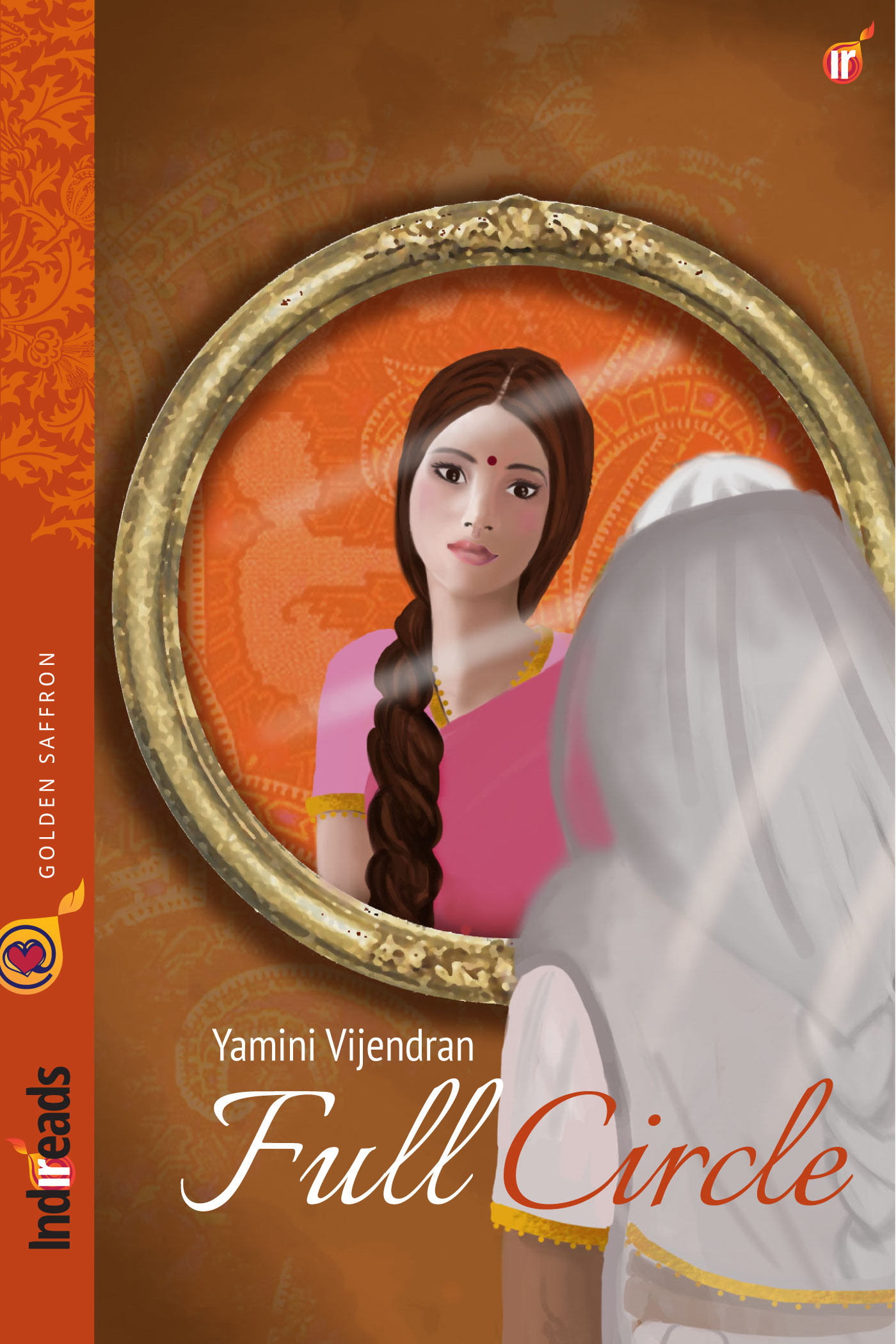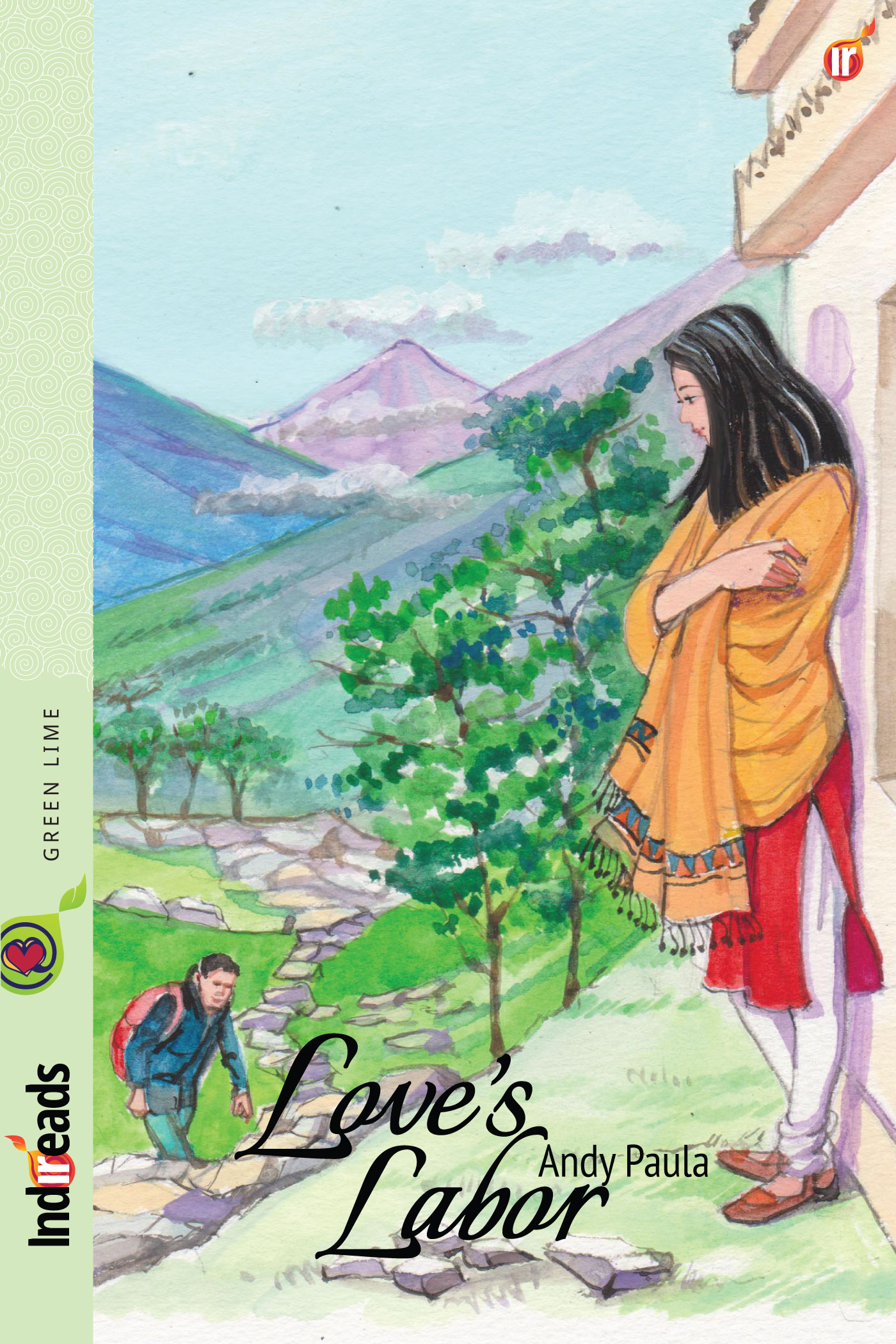There has been no dearth of times when I wished I could call myself a Maharashtrian or a Tamilian. Even Gujarati, Rajasthani, Bengali or Assamese would have done as well. Fate, and circumstances of birth, however, make this impossible.
Whenever anyone asks me, and I dread it when they do, where I am from, this is how the conversation usually flows.
The Inquisitive Behenji (IB): “So, where did you say you are from?”
Me: “I am from Chennai.”
IB: “Oh, so you speak Tamil at home?”
Me: “No. We speak Marathi at home.”
IB: “Then you are from Maharashtra!”
Me: “No, we live in Tamilnadu, but speak Marathi.”
IB: “But you speak Tamil so well that no one would believe you are not Tamil!”
While those who have heard my Marathi say “But that is not Marathi!” This is usually accompanied by a look that ranges from ridicule to sympathy to amusement.
In the three decades that I have been the resident of this planet, I have been through this conversation (more or less) many times with different people, and sometimes even with the same people again and again! At those times I often wonder, “Why did God choose me, of all people, to be a part of this complex linguistic and demographic equation?” OK, not just me, but the small group that constitutes my community—what did we do that made us so ‘special’?
Well, apparently our great forefathers weren’t satisfied with their sedentary (I am assuming!) life in the great land of Marathas, under the rule of the great Shivaji Maharaj. The Diwan of Tanjavur sent out a distress call that the Nayakar of Madurai was greedily eyeing his town, and off they went, marching down south from the mighty western frontiers, led by Ekoji, Shivaji’s half-brother. Trot, trot, trot, his horses tread the lands of southern India, reaching Arni, then ThiruMallepadi and finally Tanjore.
Now, once they declared a sweeping victory over their rival, the Nayakar of Madurai, one would have expected them to return from Tanjore, right? That’s what people do; come home after work, right? I think, however, that my forefathers are the inspiration behind our modern IT bachelors whose motto seems to be, “ghar jaa ke karna kya hai?” So they stayed behind and made Tanjore and the surrounding places their new home.
While this one act of bravado earned them a small slot in the pages of our history books, it did little to preserve our identity. The generous, openhearted and broadminded souls that my forefathers were, they soon embraced the culture of their new homeland, and happily mixed it with their own. They also mixed in some Kannada traditions, not to mention Telugu and even maybe Malayalam. The result? A heady cocktail of various South Indian customs and cultures and languages in a base of Marathi; a Marathi that no one even recognizes anymore.
Today my community follows a mixture of customs that no other community can recognize. Here is a sample of this wacky, tangy cocktail that is my community:
- We are so completely Tamil that we cannot do without our rice, rasam and sambhar. By the way, sambhar is not originally from the South, did you know? It was us, the great Marathas who stayed behind in Tanjore, who invented the spicy dish.
- But we are not completely Tamil either, since we also like our pitla, gojju, dangar (sounds like Tanker!) and kadhi a lot!
- We decorate our houses with golu, the dolls exhibition, during the nine days of Navratri, just like the people in the south do.
- But we will not celebrate Karadayan Nombu, for our ‘day-to-pray-for-hubby’ falls on the Amavasya of Ashada, and Tamil New Year is just a government holiday for us, for we, the ‘Grreatt Marratthhasss’, celebrate Gudipadava.
- A sentence containing eight words, spoken by my granny, will have two Tamil and six Marathi words. A sentence of eight words spoken by my mother will mix four Tamil and four Marathi words. A sentence of eight words spoken by me, will have three English, three Tamil and two Marathi words.
- We have this uncanny ability to curse the autowallah in Marathi when riding an auto in Chennai, and in Tamil when riding an auto in Pune.
- When we are heatedly debating with a friend in Tamil, we will invariably drop in a Marathi word.
Every time these contradictions prop up, I have to give exhaustive explanations, with a growing feeling of ‘na idhar ka na udhar ka‘ inside my heart.
The ‘why me!’ feeling used to be quite intense until some time ago. I woke up to the fact, one day, that it was not just me, or my community that felt this way. I looked around and saw a Mallu from Delhi, born and brought up in Kolkata. A Telugu Brahmin so Chennaiized, that people in their native town in Andhra refused to respond to the language they spoke. A Punjabi, mouthing expletives freely and casually in Amchi mumbaiyya Marathi.
Looking at these examples I realize how unique a people we are. Ignoring politicians shouting their throats hoarse that ‘we are Indians’, the cocktails that the bar called India has to offer truly makes us ‘Indian’, sans community, sans religion, sans language.
And yet we spend so much of time defending and fighting each other on behalf of our communities.
It’s probably the bar effect; have you not heard of drunken bar fights at all?

